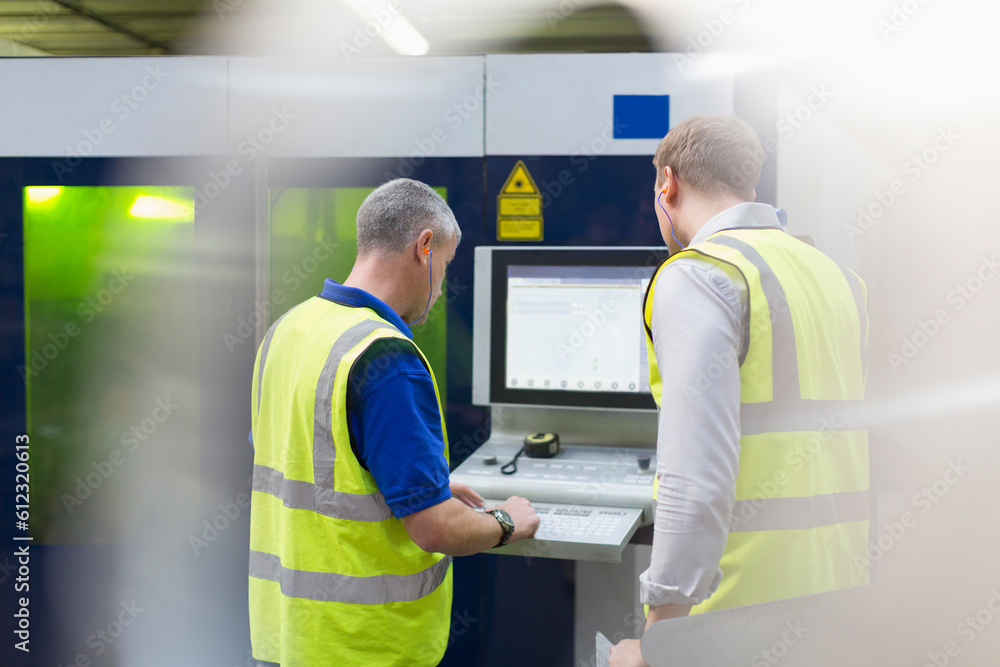Article
Machinery Risk Assessments and Interlock Verification
15/04/2025
To be classified as a machine, at least one part of a piece of equipment has to include a driven part. This can be in the form of winches, agitators, pumps, cams or a variety of other powered moving equipment. It can apply to tanks, assembly lines, automatic doors, shredding equipment and robots in a whole host of industries and applications.
To manage the risks associated with powered equipment - be it direct contact with moving parts or indirect such as exposure to bits being chemically delivered by a pump into a tank - it is important to include appropriate safeguards and interlocks in your design.
We can carry out machinery risk assessments compliant with ISO 13849-1 or ISO 12100 as gold-word-led studies in a workshop format where the team will look at hazards, tasks and possible consequences for each piece of equipment.
Hazards
Machinery Associated
Moving Parts Associated
Electrical
Noise
Thermal
Vibration
Chemical
Ergonomic
Pressure
Tasks
Transport
Assembly
Installation
Commissioning
Setting
Programming
Process Changeover
Operation
Inspection
Maintenance
Fault-finding
Trouble-shooting
Decommissioning
Demolition
Consequences
Crushing
Cutting or Severing
Drawing In
Impact
Injection
Chemical Effects
Explosion
Fire
Projectile Injuries
Projection Generation
Friction
Shearing
Hearing Loss / Tinnitus
Infection
Each scenario identified is then assessed by the multi-disciplinary team for likely severity of injury, frequency of occurrence and probability of escape to give a performance level for required interlocks, ranked a to e.
Once your required performance level has been assigned appropriate interlocks to protect against the scenario can be designed or existing interlocks can be assessed for suitability and integrity.
To test machinery interlock compatibility with required safety requirements, we break the full interlock system down into its individual components and assess each individually and as an installed hierarchy.
Looking at the number of channels, failsafes and co-dependencies. We can then tell you if your interlock has passed the requirements identified in the study, or which components are the weak link in the chain. It may be you need to change the design of your elements, relay or barriers. It may be you need second channels to achieve the higher risk reduction system defined for existing or expected system conditions.
We work closely with clients in both new build and modification projects to verify interlocks do what they are meant to for purpose, and go the extra mile to get you to where you need to be or to be developed to sufficiency. We never fail an interlock without speaking to our clients about why it would fail and giving the opportunity to review their design documentation and make improvements before the final walkthrough phase.
You WILL have industrial machinery on your facility. Contact us now to talk about machinery risk assessment, interlock assessment, interlock testing and reports you need, and how we work with your site to keep you safe and compliant.
